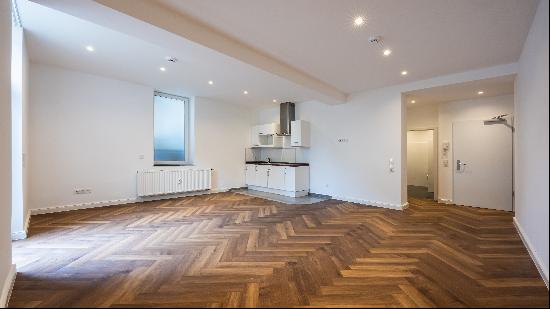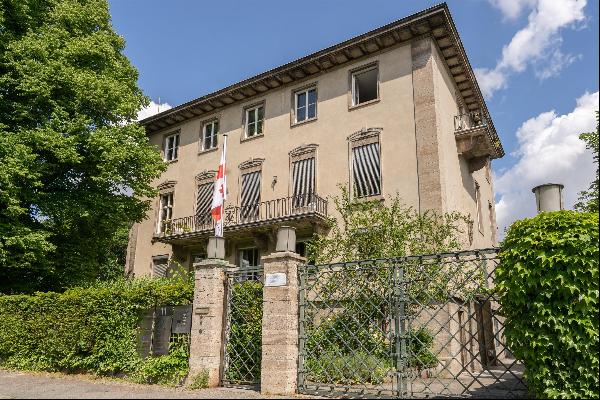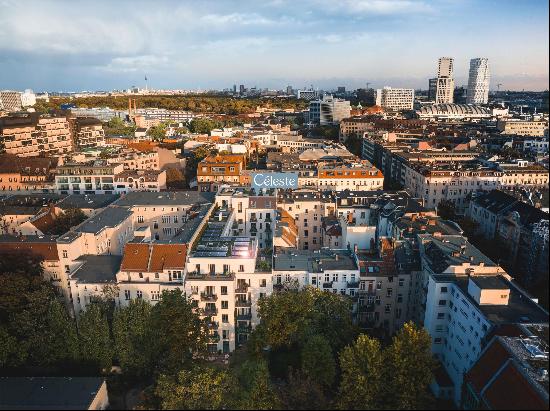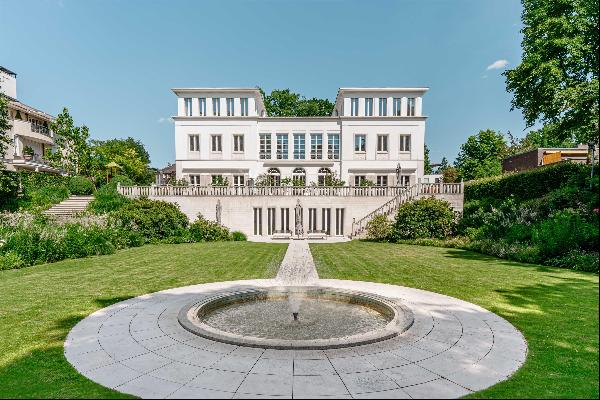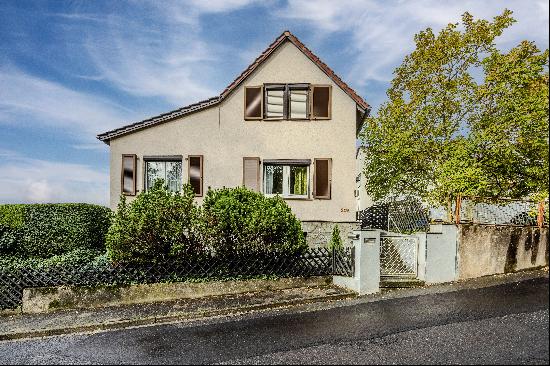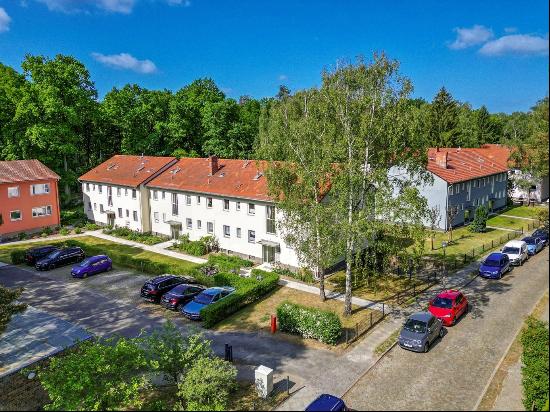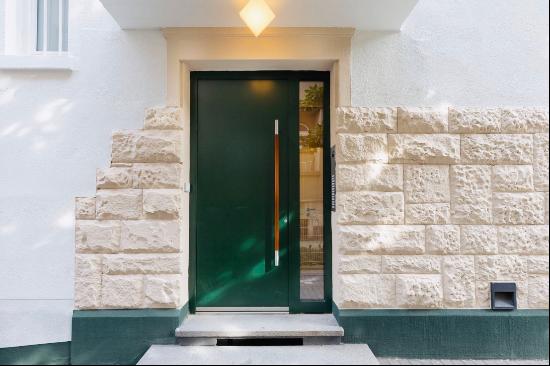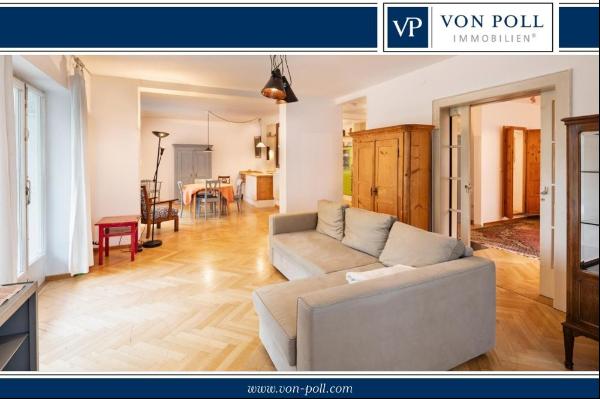
By Marta Bausells
The appeal of a minimalist interior today is obvious, offering an antidote to the chaos and clutter of the digital age. Yet long before the overly-simplified #minimalism of Instagram (28mn posts and counting), modernist artists Anni and Josef Albers were creating light and thoughtful spaces. This summer, at an artist residency in the Irish countryside supported by the Josef and Anni Albers Foundation, I had access to a library of works by and about the Alberses; as I dove deep, their lives, craft and way of living came to shape my idea of a fantasy home.
Josef and Anni were an art couple, and one gets the sense it was a partnership that allowed them to be entirely themselves. They met in 1922 at the Bauhaus, the influential art school in Germany where Josef was teaching and Anni was a student. (As a woman, she was encouraged to take up the lesser-considered craft of weaving, only for her to elevate it to a fine art.) The apartment they shared there became a testing ground for the furniture designed by Josef and his colleagues, such as the Wassily chair designed by Marcel Breuer.
After they fled Germany in 1933, and spent a period at the progressive Black Mountain College in North Carolina, they settled in Connecticut, where they made the home where they would live for the rest of their lives. Josef and Anni fixed it up as inexpensively as they could: they found discarded car seats to use as living room sofas and did all the menial tasks themselves — and took great pleasure in it.

What I love most about the Alberses is the way they paid attention to every detail — in living, making and bringing objects into their lives — and their homes reflected that. They believed that each element contributes to the way we experience a room, and even how we feel about the world.
Their love for simplicity and functionality has inspired a lot of my own thinking about the spaces I live in. I especially love the quiet reverence they had for objects that were made well. As Nicholas Fox Weber writes in Anni & Josef Albers: Equal and Unequal, they derived pleasure from simple things working well, be it paintings, a car radio or a piece of dinnerware. As I mourn the loss of my grandparents’ generation — people who, like Josef's father, could make pretty much anything, and maintain and repair it — I have increasingly come to think that intentionality around details is important.

Recently, inspired by my time in residence at the Albers Foundation's outpost, I’ve been fantasising about making my own home in a small space with limited resources. Reading about the homes the couple made for themselves, my anxieties about what I coveted — but could not at present afford — melted away. All I needed were a few key pieces of furniture. Even if they were from Ikea, if they were well made and worked well, I too could feel a reverence toward them. I would fill the rest of the spaces with details from my own life and beautiful things that don't need to cost money: pictures, objects related to family and friends, serendipitous finds and my beloved books.
As the couple said in a letter to a friend: "... make sure your apartment is clean, light and empty. Most of your old stuff you don't need any more, and it makes you clumsy."
Photography: Tim Nighswander/Imaging4Art; John T. Hill; Courtesy the Josef and Anni Albers Foundation


